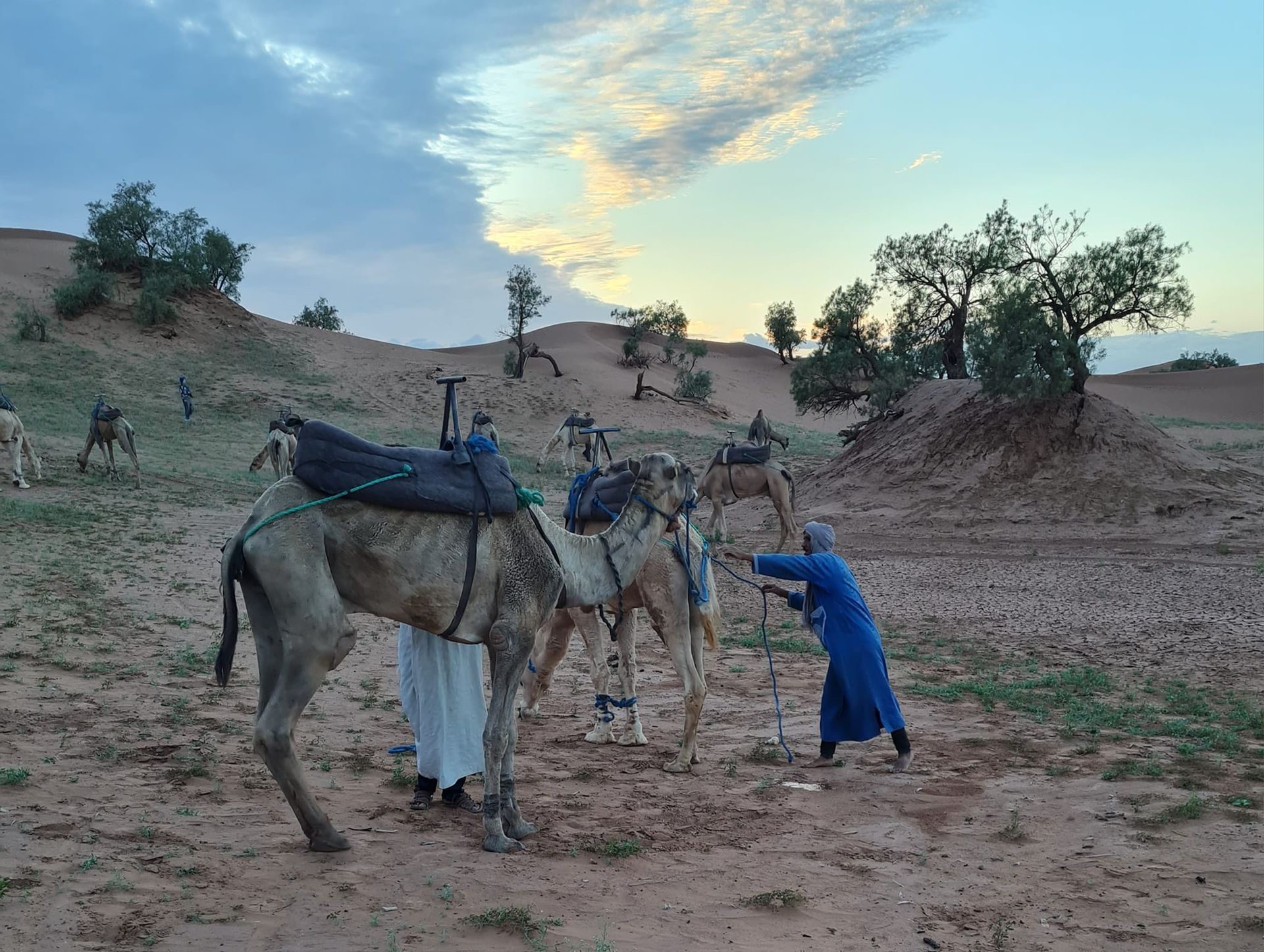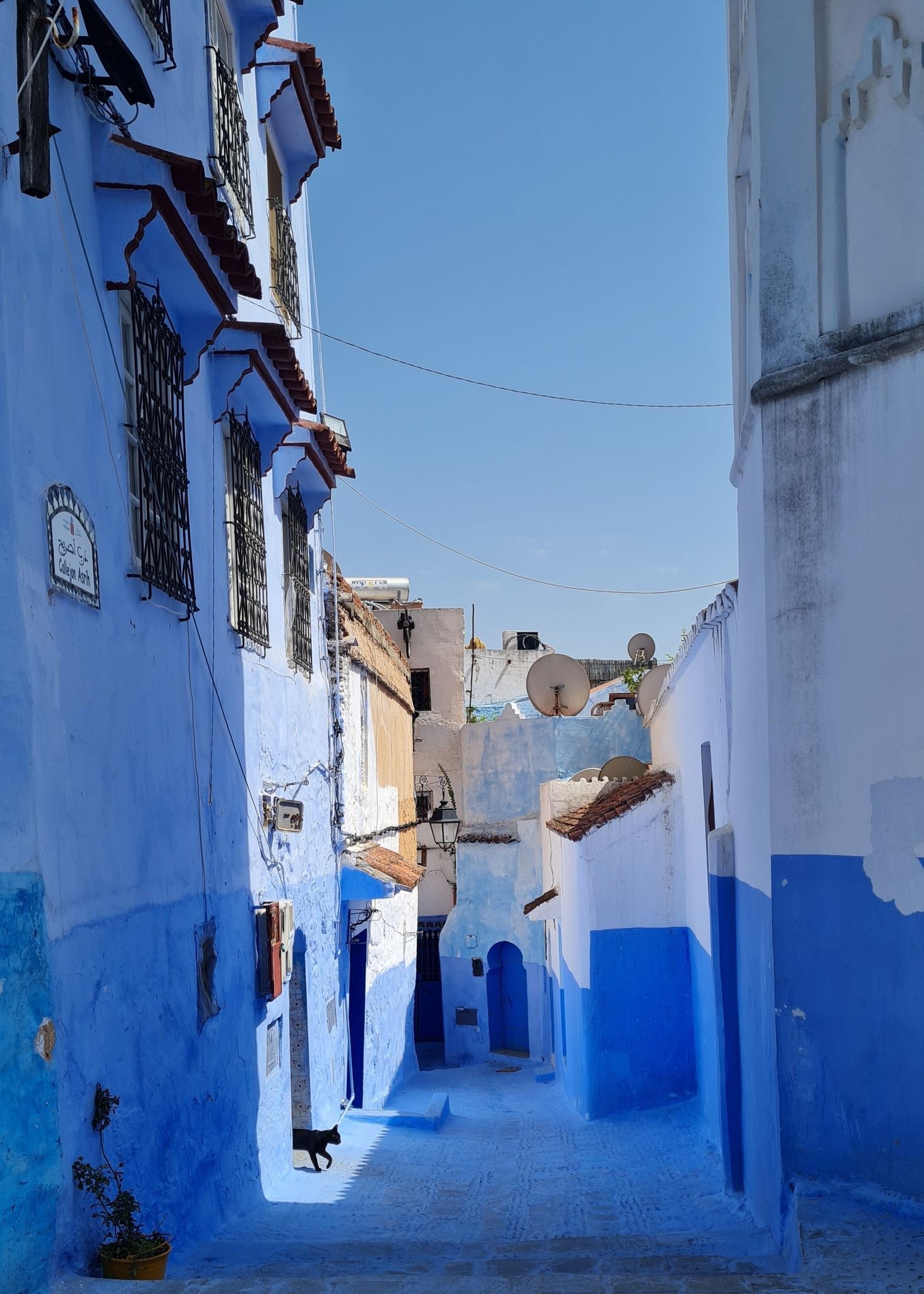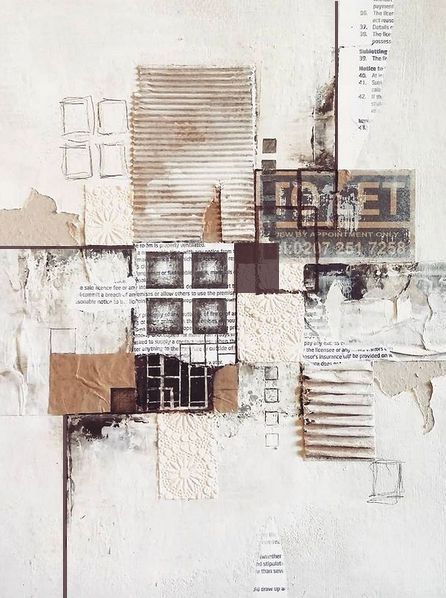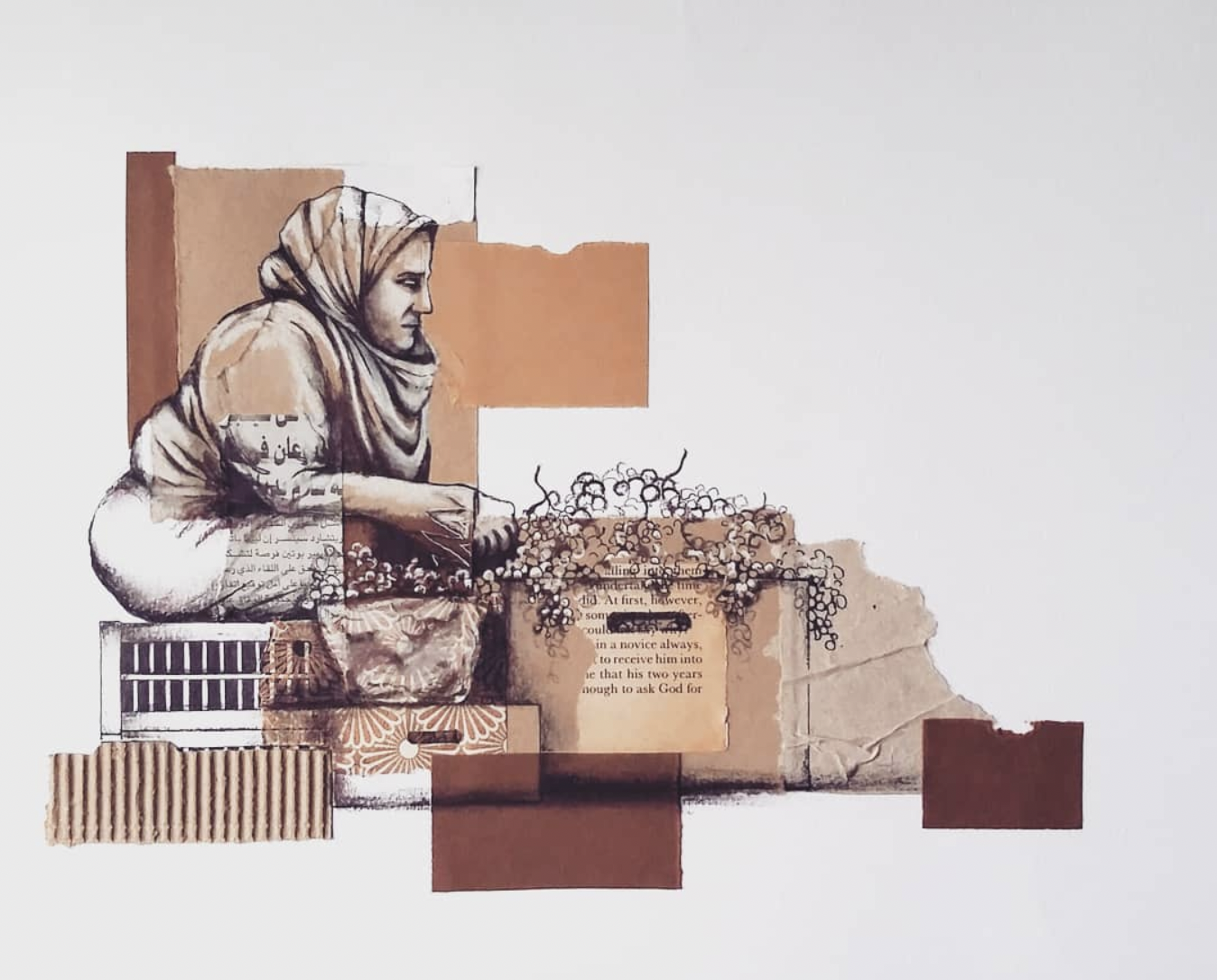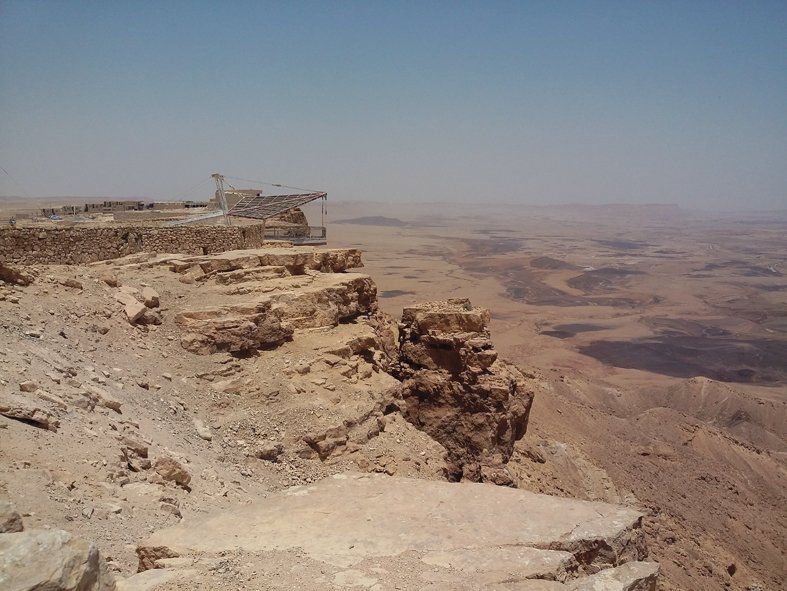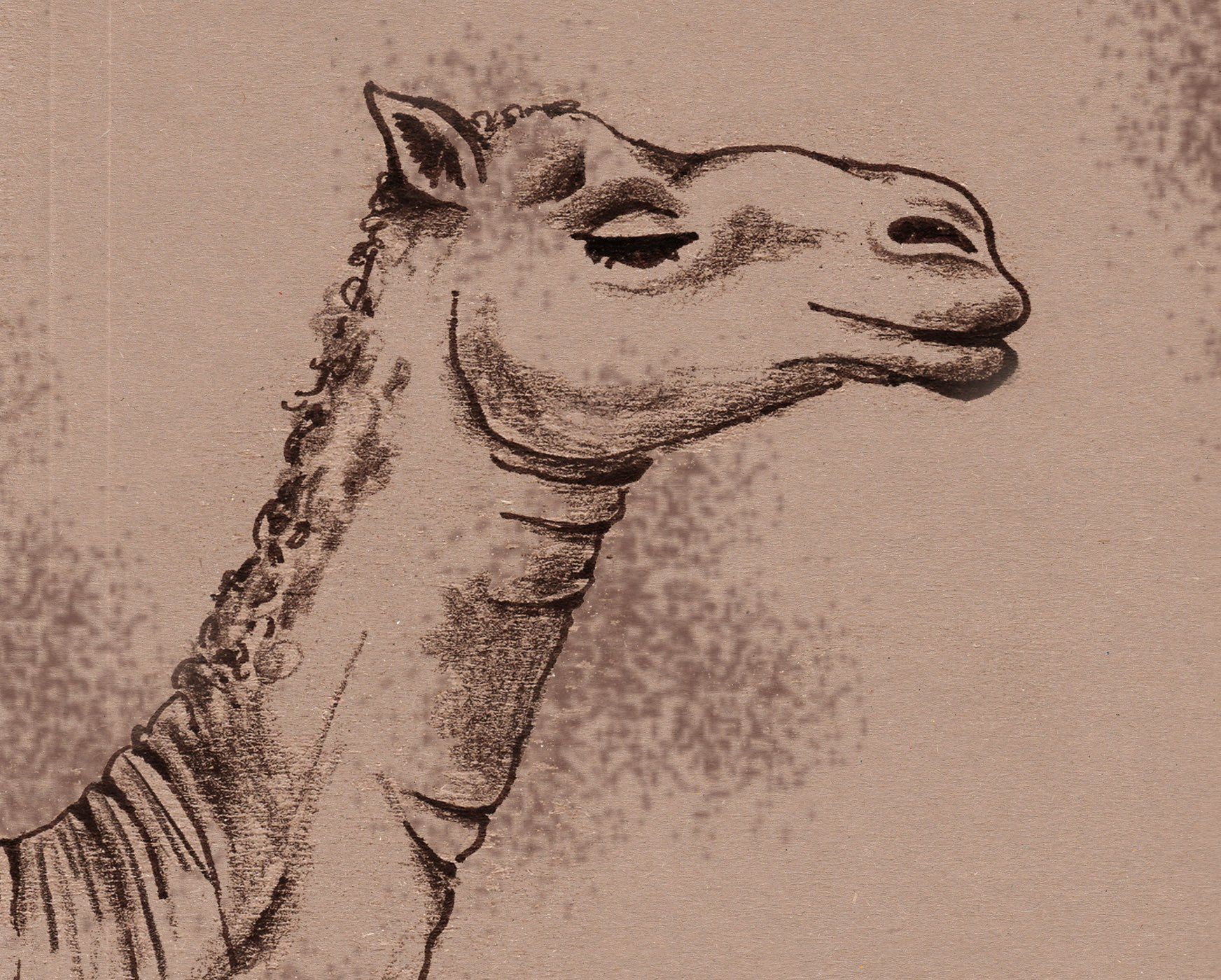'Long Division' Exhibition
World Peace Day exhibition at the Bosnian Embassy with Most Mira.
Since 1981, 21st September has been recognised as the UN-sanctioned 'World Peace Day' - an opportunity to pause and refocus on efforts to build peace around the world.
This year, Bosnian/UK peacebuilding charity Most Mira (of which I am a trustee) hosted an event with the Embassy of Bosnia and Herzegovina in London. As part of this event, I presented an exhibition of paintings which explore the situation of young people growing up in modern-day Bosnia. Entitled 'Long Division', the artwork's message very much sets the scene and makes the case for Most Mira's ongoing work in the Prijedor region of Bosnia.
About Most Mira
Most Mira (which means 'Bridge of Peace') is a registered charity in the UK and Bosnia and Herzegovina. The organisation was established in 2008 by Kemal Pervanic, a survivor of the notorious Omarska and Manjaca concentration camps. For the past 14 years, Most Mira has worked to bring children and young people together to learn new skills, make friends across ethnicities, and celebrate diversity in north west Bosnia - crucial foundations to help build a peaceful and sustainable future in the region.
Since 2008, Most Mira have presented an exciting range of youth arts festivals, theatre workshops, peace building courses and architectural workshops. The charity's current aim is to grow and diversify the range of creative activities for young people and to establish a permanent Peace Centre hub in Kevljani village near Prijedor. The award-winning design for the Peace Centre, by Projekt V Architecture, will transform a war-ruined house into a vibrant public facility for cultural and reconciliation activities.
World Peace Day Event
Bosnian Ambassador Vanja Filipovic welcomed a buzzing audience of invited guests into the splendour of the Embassy of Bosnia and Herzegovina in Kensington. Formerly the Yugoslavian Embassy, the building's wood panelling and retro chandeliers are reminiscent of 1950s cruise-ship glamour. Vintage jazz and waiters circulating with platters of fine canapés added to the atmosphere as did the stimulating mix of guests including members of the UK Bosnian community, representatives of charitable foundations, academics and government agencies. I even to got to wear my most elaborate necklace.
However, we were not merely there for a party. As 3 members of the Most Mira board took to the floor, a hush descended on the assembled crowd. Kenneth Morrison, Professor of History and Chair in Modern South East European History, at De Montfort University Leicester gave a passionate introduction to Most Mira and his extensive involvement in the Balkan region. He was followed by John Clark, Chief Pathologist for the International Criminal Tribunal for the former Yugoslavia who spoke movingly and personally of several individuals whose stories really hammered home the human costs of the Balkan conflict. And finally, Most Mira's founder, Kemal Pervanic, talked about intergenerational trauma - an issue which resonated with many young participants in Most Mira's Project on Peacebuilding this summer, and something Kemal has personally experienced throughout this life.
Although the physical exhibition is now over, you can still view the artwork and learn about the situation for young people in Bosnia and Herzegovina here: www.hipsterspinster.co.uk/exhibition. All proceeds from the sale of original paintings and prints go towards the work of Most Mira and to helping build a peaceful future for the next generation in Bosnia and Herzegovina.







